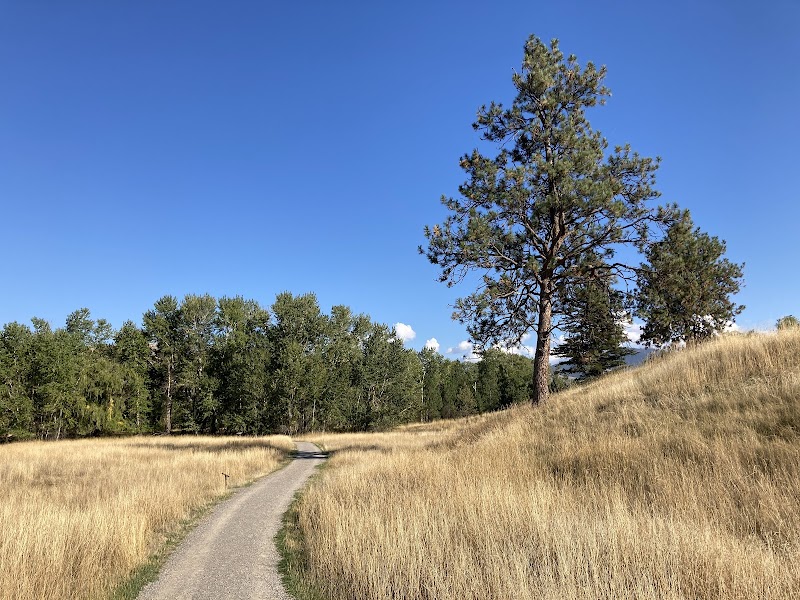
Travelers' Rest State Park Adventures
Travelers' Rest State Park preserves a key historic campsite used by the Lewis and Clark Expedition, offering visitors a blend of cultural history and natural beauty in western Montana.
About Travelers' Rest State Park

Travelers' Rest State Park is located near Lolo, Montana, and marks the only confirmed campsite of the Lewis and Clark Expedition during their westward journey in 1805 and their return in 1806. The park protects a significant archaeological and cultural site along the Lolo Trail, an ancient Native American route that the expedition traveled to cross the Bitterroot Mountains. The park covers mixed forest and riparian habitats alongside Lolo Creek, supporting diverse wildlife including deer, various songbirds, and native trout in the creek. Visitors can explore interpretive trails that highlight historical artifacts uncovered through archaeological digs, showcasing how the Corps of Discovery prepared for mountain passage and recovered from illness. The site provides walking paths through forests and along the creek with signage detailing expedition history and natural features. Although the park lacks developed campgrounds, nearby Lolo and Missoula offer amenities for overnight stays. Outdoor enthusiasts find opportunities for hiking, birdwatching, and photography amidst the scenic and tranquil forested environment. Travelers' Rest also serves as a cultural gateway illustrating Native American trade routes and early American exploration of the Pacific Northwest. The park’s combination of historical significance, ecological value, and accessible trails makes it a valuable destination for history buffs and nature lovers alike.
Highlights
The only confirmed Lewis and Clark Expedition campsite in Montana
Archaeological exhibits displaying expedition artifacts
Lolo Trail historical corridor linked to Native American and Lewis and Clark history
Lolo Creek riparian habitat with native fish and birdwatching opportunities
Notable Natural Features
Lewis and Clark Campsite
Archaeological site where the Corps of Discovery camped in 1805 and 1806, confirmed through recovered artifacts.
Lolo Trail
Historic Native American and Lewis and Clark Expedition corridor adjacent to the park, important for early trans-mountain travel.
Interpretive Trails
Two easy trails with signage explaining archaeological finds, expedition history, and the local ecosystem.
